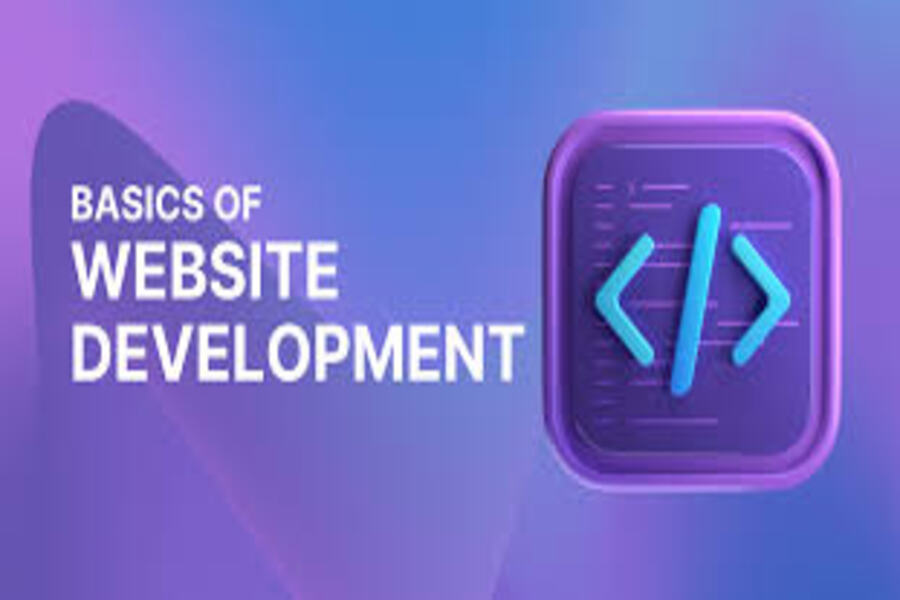In today’s digital age, having a website is essential for businesses, entrepreneurs, and even individuals looking to establish an online presence. Whether you’re aiming to create a personal blog, an e-commerce store, or a portfolio site, understanding the basics of website development is the first step on your journey. This guide will introduce you to the fundamental concepts and tools needed to get started.
Understanding the Purpose
Before diving into the technical aspects, it’s crucial to define the purpose of your website. Ask yourself:
- What is the main goal of the website?
- Who is your target audience?
- What content will you need to include?
Having clear answers to these questions will guide your development process and help you focus on creating a user-friendly experience.
Key Components of Website Development
- Domain and Hosting
- Domain Name: Your website’s address on the internet (e.g., www.yourwebsite.com). Choose a name that is easy to remember and reflects your brand.
- Web Hosting: A service that stores your website’s files and makes them accessible online. There are various hosting providers, each offering different features and pricing plans.
- Website Building Platforms
- For beginners, platforms like WordPress, Wix, or Squarespace offer user-friendly interfaces with drag-and-drop features, allowing you to create websites without coding.
- For more control and customization, you can build your website using HTML, CSS, and JavaScript. This approach requires a basic understanding of these programming languages.
- Design and Layout
- Focus on creating a clean, intuitive layout that makes navigation easy for users. Consistency in design elements such as colors, fonts, and images is key to maintaining a professional look.
- Consider responsive design, ensuring your website looks good on all devices, including desktops, tablets, and smartphones.
- Content Creation
- Content is king. Ensure that your website’s content is relevant, engaging, and valuable to your audience. This includes text, images, videos, and other media.
- Optimize content for search engines (SEO) to improve visibility and attract more visitors.
- Functionality and Features
- Determine the features you need, such as contact forms, shopping carts, or social media integration. Choose plugins or tools that enhance functionality without compromising website performance.
- Test all features to ensure they work seamlessly and provide a positive user experience.
Getting Started
- Plan: Outline your website’s structure and gather the necessary content.
- Design: Create wireframes or mockups to visualize the layout.
- Develop: Use your chosen platform or coding skills to build the site.
- Test: Check for errors, broken links, and ensure compatibility across different devices.
- Launch: Once satisfied, launch your website and make it live for the world to see.
Maintenance and Updates
Launching your website is just the beginning. Regular maintenance is necessary to ensure optimal performance and security. Update your content, fix any issues that arise, and keep your software and plugins up to date.
Conclusion
Website development can be a rewarding process, allowing you to express your creativity and connect with a wider audience. By understanding the basics and taking a step-by-step approach, you can create a website that meets your goals and serves your audience effectively. Remember, the key to success is continuous learning and adaptation to new trends and technologies. Happy developing!
